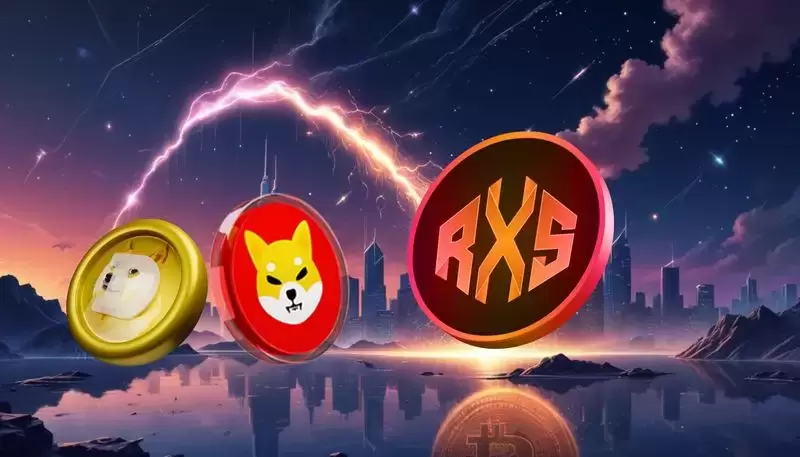 |
|
 |
|
 |
|
 |
|
 |
|
 |
|
 |
|
 |
|
 |
|
 |
|
 |
|
 |
|
 |
|
 |
|
 |
|
Cryptocurrency News Articles
Ether (ETH) price fell 9.3% between March 26 and March 28
Mar 29, 2025 at 03:08 am
This correction led to over $114 million in liquidations of leveraged ETH futures and caused the premium relative to the regular spot market to drop
Ether (ETH) price tested the $1,860 level for the first time in two weeks as the correction between March 26 and March 28 led to over $114 million in liquidations of leveraged ETH futures and dropped the premium relative to the regular spot market to its lowest level in over a year.
Some traders have argued that the rock-bottom ETH futures premium is a bottom signal, but let’s dig deeper into the data to see if this perspective makes any sense.
ETH futures premium hits 2-year low
Typically, monthly futures contracts trade above the regular spot price as sellers demand compensation for the longer settlement period. A 5% to 10% annualized premium indicates neutral markets, reflecting the cost of opportunity and the exchanges’ risk.
However, ETH futures dropped below this threshold on March 8, following a 24% price correction in the prior two weeks.
At the moment, the 2% ETH futures annualized premium suggests a lack of demand for leveraged longs (buys), but this measure is highly influenced by recent price movements. For example, on Oct. 10, 2024, the ETH futures premium dropped to 2.6% after a 14% price correction in two weeks, but the indicator rose to 7% as ETH regained most of its losses.
Essentially, the futures premium rarely signals changes in the spot price trend.
ETH whales are afraid the price will fall further
To determine if whales have lost interest in Ether, it’s crucial to observe how the market is pricing put (sell) options compared to call (buy) options. When traders anticipate a downtrend, the 25% delta skew metric rises above 6%, indicating a higher demand for hedging strategies. In contrast, periods of bullishness usually push the skew below -6%.
Currently at 7%, the ETH options’ 25% delta skew suggests a lack of conviction among professional traders, which increases the likelihood of further bearish momentum.
From a derivatives market perspective, there is little indication that the recent ETH price correction has bottomed out. Ultimately, investors aren’t confident that the $1,800 support will hold.
Some analysts argue that the sharp decline in Ethereum network activity is the primary reason for the reduced appeal of ETH, while others suggest that the shift toward layer-2 scalability has significantly decreased the potential of base chain fees. Given the need to compensate network validators, the lack of capital inflow requires more ETH issuance, which negatively affects net returns from native staking.
The Ethereum network faces steep competition
Attempting to pinpoint the reasons behind sellers’ motivations is pointless, especially considering Ethereum’s competition, which has expanded from blockchains like BNB Chain and Solana to networks tailored for specific challenges. Examples include Hyperliquid, focused on synthetic assets and perpetual trading, and Berachain, which is apparently better suited for staked assets in cross-liquidity pools.
The success of certain decentralized applications (DApps) could serve as the final blow to Ether. For instance, Ethena, the synthetic dollar protocol on Ethereum, is transitioning to its own layer-1 blockchain. The project, currently holding $5.3 billion in total value locked (TVL), raised $100 million in December 2024 to support this shift.
However, it may be too early to say that ETH price will continue to fall, as a major protocol update is only a few weeks away. Investors should pay attention to the practical benefits of Ethereum’s Pectra upgrade in terms of base layer fees and overall usability for the average user. Until then, the chances of ETH outperforming the broader altcoin market are slim.
Disclaimer:info@kdj.com
The information provided is not trading advice. kdj.com does not assume any responsibility for any investments made based on the information provided in this article. Cryptocurrencies are highly volatile and it is highly recommended that you invest with caution after thorough research!
If you believe that the content used on this website infringes your copyright, please contact us immediately (info@kdj.com) and we will delete it promptly.
-

-

- Today's Pi news presents an interesting development in the Pi token's market. Recently, we had the announcement for the PCM Wallet app's updates
- Mar 31, 2025 at 09:30 pm
- This cryptocurrency is now being traded at 20 exchanges with a daily trading volume of $159 million. Despite this exciting Pi news and upgrade in user experience
-

-

-

-

-

-

- Australia's financial crime regulator warns cryptocurrency ATM providers that many of these machines may be facilitating money laundering or defrauding victims
- Mar 31, 2025 at 09:15 pm
- Australia's financial crime regulator has issued a warning to cryptocurrency ATM providers, indicating that many of these machines may be facilitating money laundering or defrauding victims.
-




























































